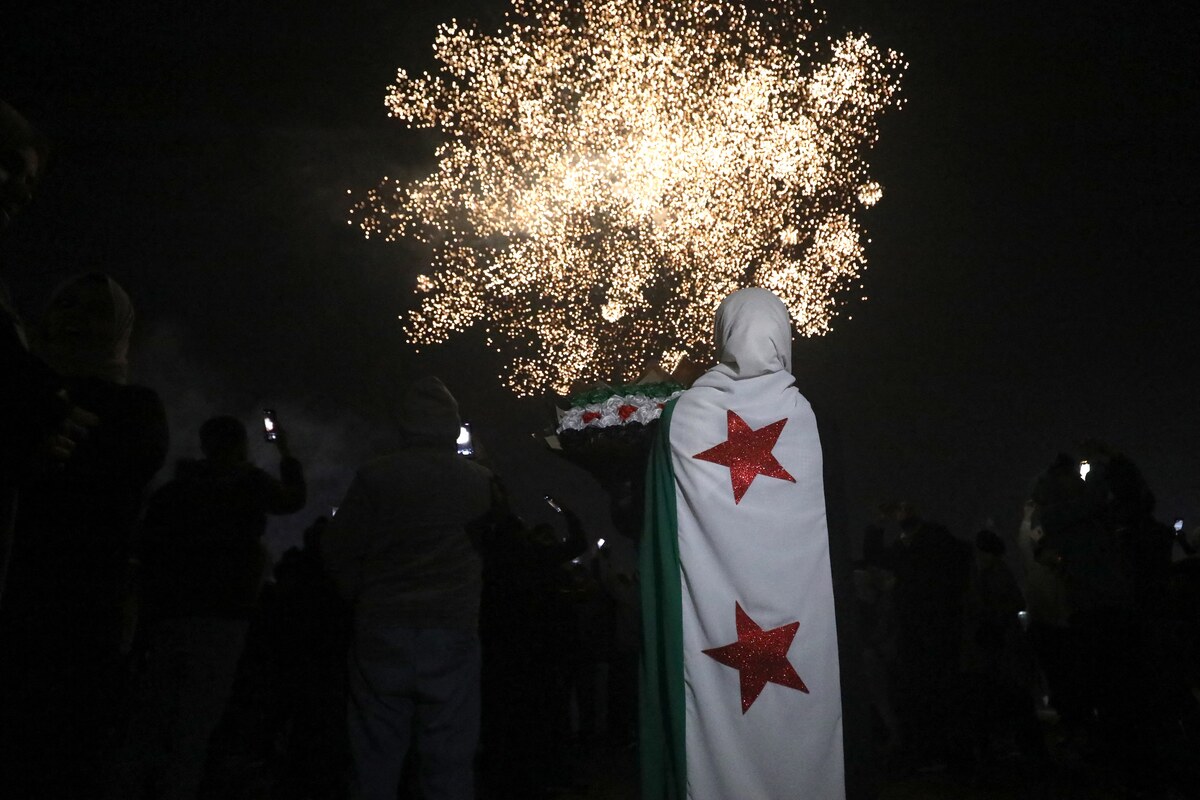CAIRO: Saudi Arabia has maintained its lead in regional venture capital funding for the second consecutive year, securing $412 million in the first half of 2024, according to new data.
The Kingdom retained its top position across the Middle East and North Africa region in terms of total venture capital investment for the period, despite a slight 7 percent year-on-year decline, as reported by data platform MAGNiTT.
A significant portion of this funding, 32 percent, was attributed to a single $130 million deal involving Salla, marking the only mega-round in the region for 2024 so far.
Deal flow activity experienced a slight 3 percent annual decline, placing Saudi Arabia as MENA’s second-most active country by transaction volume. The Kingdom now commands 30 percent of total deals, up from 25 percent in the first half of 2023.
Furthermore, Saudi Arabia’s contribution to the region’s total funding increased from 38 percent in the first six months of 2023 to 54 percent in the first half of this year, demonstrating the country’s growing influence.
In an interview with Arab News, Philip Bahoshy, CEO of MAGNiTT, highlighted the Kingdom’s robust ecosystem development despite the challenging economic environment.
“Saudi Arabia continues to grow its underlying ecosystem even in the current economic environment. What was notable from the report this time was that despite total funding being almost flat, a key driver of its growth was an 84 percent year-on-year increase on non-mega deal funding,” Bahoshy stated.
He also pointed out that while last year’s capital was driven by four mega deals, this year’s significant growth with only one such trade is highly positive.
In terms of industry trends, fintech remained the most popular sector for investors by transaction volume, while e-commerce led in funding, with two of the top five deals in Saudi Arabia originating from this sector.
Investor participation has been robust, with 72 entities backing Saudi-based startups, up from 62 in the same period last year.
The share of international investors increased by 17 percentage points, capturing 28 percent of the total investors in Saudi Arabia’s VC space in 2024.
Bahoshy attributed Saudi Arabia’s leading position to strong support from entities such as Saudi Venture Capital Co. and Jada Fund of Fund, alongside strategic policies from the Ministry of Communications and Information Technology aimed at driving investment into the Kingdom.
He noted that 84 percent of total transactions came from early-stage investments, a rise from 82 percent, with series A transactions increasing to 14 percent from 10 percent.
“As a result, accelerator programs and series A startups are able to capture capital not only from local investors but international investors,” Bahoshy said.
Merger and acquisition transactions in Saudi Arabia were relatively muted with only two transactions so far in 2024, compared to four in the same period of 2023.
Most of these transactions occurred in the first quarter of 2024, with none in the second quarter. However, Saudi Arabia ranked second in exit activity in the MENA region, after the UAE, reflecting a broader regional trend.
Looking forward to the second half of 2024, Bahoshy indicated that the third quarter of the year tends to be slower for venture capital deployment across MENA due to seasonal factors, but the fourth quarter usually sees a surge in activity with numerous conferences and visits to the region.
“If this coincides with post US elections, potential interest rates coming down, we can expect to have a very strong finish to the year in terms of both potential IPO listings, late-stage investments, and continuous development at the early stage of the funnel,” Bahoshy said.
“The second half of the year historically always tends to be stronger than the first, which is positive not only for Saudi Arabia, but the wider MENA ecosystem,” he added.
Saudi Arabia’s success in the venture capital arena is supported by both domestic initiatives and growing international interest.
Bahoshy emphasized the long-term nature of these investments, stating, “A lot of initiatives are being done in Saudi Arabia to continue to attract not only startups but investors to the Kingdom.”
“These are long tail investments into the activity that’s happening in venture, especially with many funds looking to set up as well as the importance of highlighting talent acquisition to the Kingdom,” he stated.





























